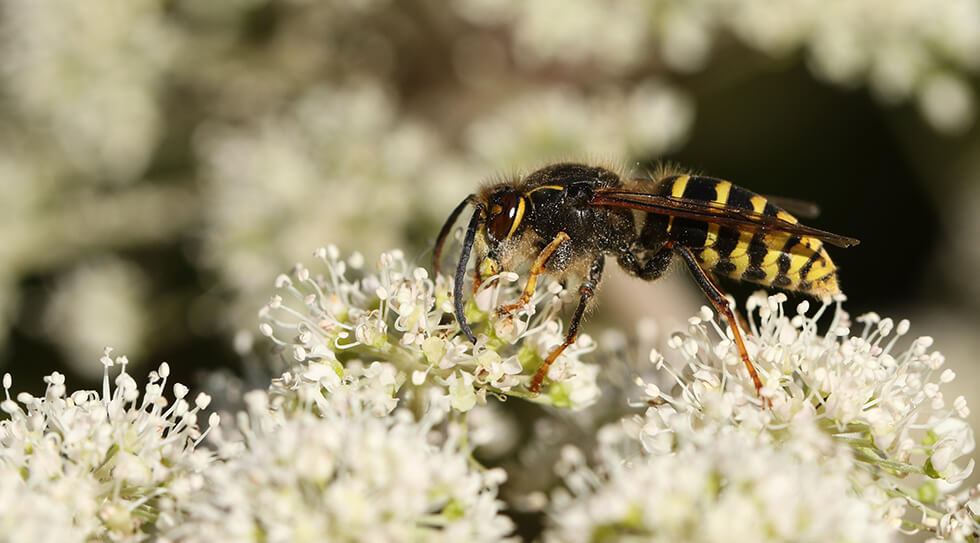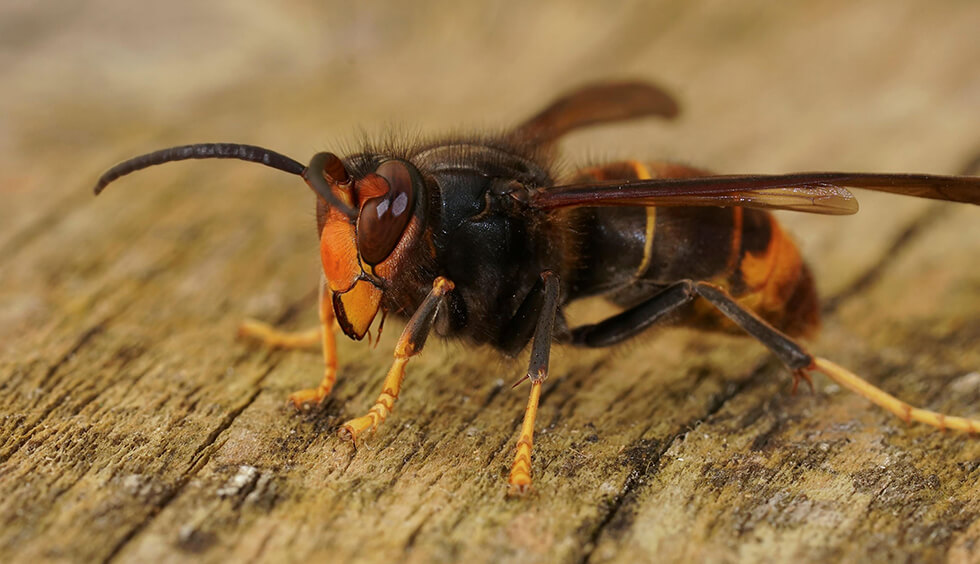Protecting Honeybees: Ethical Removal & Our Guarantee
Honeybees play a vital role in our ecosystem, pollinating plants that sustain both our natural environment and food supply. However, despite their importance, honeybees—and the 250+ other bee species in the UK—are not legally
protected. This makes it even more crucial to understand these incredible insects and do everything possible to protect them.
At TLC Pest Control, we specialize in the humane, live removal of honeybees from properties across the UK. Our expert team ensures that bees are relocated safely to our apiary, where they can continue to thrive naturally.
Why Humane Bee Removal Matters
Unlike wasps or other common pests, honeybee infestations require a delicate, labour-intensive approach. In many cases, accessing the comb involves dismantling parts of a building’s structure, a process that demands a variety of skills, time, and precision.
Our team is highly trained in live bee removal techniques, ensuring minimal disruption to your property while prioritizing the well-being of the bees.
Our Guarantee: Trust TLC Pest Control
When you choose us, you receive more than just expert service—you get peace of mind. Our work is backed by:
✅ Full Insurance Cover – We are fully insured to carry out bee removal and structural work.
✅ Employers’ Liability & Public Insurance – Protecting you, your property, and our team.
✅ A Five-Year Guarantee – We stand behind our work, ensuring lasting results and prevention of re-infestation.If you have a honeybee infestation and need a responsible, professional solution, contact TLC Pest Control today. Let us help you protect both your home and these essential pollinators!
Get in touch today
Is this the right service for you?
What if I left the bees alone?
What harm can they cause me?
What damage do bees cause?
Possible damage to your property from leaking honey.
Can you kill bees?
Why do we need bees?

The Life of a Honeybee
A female worker bee has a short yet demanding lifespan of around six weeks, during which she tirelessly collects nectar and pollen, maintains the hive, and supports the queen. In contrast, the male drone bee does not collect pollen and is unable to feed itself. Since drones primarily exist to mate with a queen, worker bees push them out of the colony in autumn, ensuring the hive conserves resources for winter.
The queen bee can live for up to four years, laying an impressive 100 eggs per day to sustain the colony. However, during winter, she temporarily pauses egg-laying, while the hive works together to keep her warm and well-fed. A typical winter colony consists of about 5,000 bees, relying on the honey stores they have gathered throughout the year to survive until spring.
Master Builders of the Hive
Honeybees are incredible architects, constructing wax combs up to a meter deep each year. A thriving colony can store up to 50 kilograms of honey, meticulously organizing their combs into designated sections for honey, nectar, pollen, and the brood chamber for the developing bee larvae.
Swarming usually occurs during the peak spring months, but the process begins weeks in advance. The colony prepares by creating special queen cells, signalling their intent to swarm.
When the time comes, the old queen departs, taking roughly half the colony with her, while a newly hatched queen remains to lead the bees left behind.
The swarm often settles nearby on a tree, bush, or even a man-made structure while scout bees search for a suitable new nesting site.
epending on various factors, the swarm may stay in one location for as little as 15 minutes or up to several days before moving on.
WE NOT COLLECT SWARMS
If you have a swarm of bees, please get in touch with the British Bee Keepers Associate or The National Beekeeping Centre, Stoneleigh Park, Warwickshire CV8 2LG. Telephone number 02476696679


How to Identify a Wasp
Wasps are predators, hunting insects and invertebrates to feed their larvae. They actually help control pests but can be aggressive, especially in late summer
- Wasps have bold black and yellow colours, sleek bodies, and flat legs that hang down when flying.
- They have smooth, shiny bodies with no hair.
- Their stingers don’t have barbs, meaning they can sting multiple times without dying.
The Yellow Legged Asian Hornet: A Growing Threat in the UK
First discovered in the UK in 2016, the yellow-legged Asian hornet has made its way from Western Europe, where its population has surged
How to Identify the Yellow-Legged Asian Hornet
These invasive hornets can be distinguished by their unique markings:
- Slightly smaller than the native European hornet, which itself is two to three times larger than a common wasp.
- Black, with an orange face and distinctive yellow/orange bands on the abdomen.
- Their most recognizable feature is their bright yellow legs, as if dipped in paint, hence their name.

Our Services
Site survey
The live removal and relocation of honey bees
Wasp treatment
Hornet treatment
Up to a 10 year guarantee

Short on time? Book your appointment online anytime — no need to speak to anyone!
TLC Pest Control provides solutions to your problem. Our site survey will not only identify the cause of the problem but how we will resolve it providing a long-term solution and peace of mind.
With TLC, our team are both honest and friendly meaning you’ll feel completely at ease every step of the way. All our team members are highly trained and DBS screened ensuring your safety.








